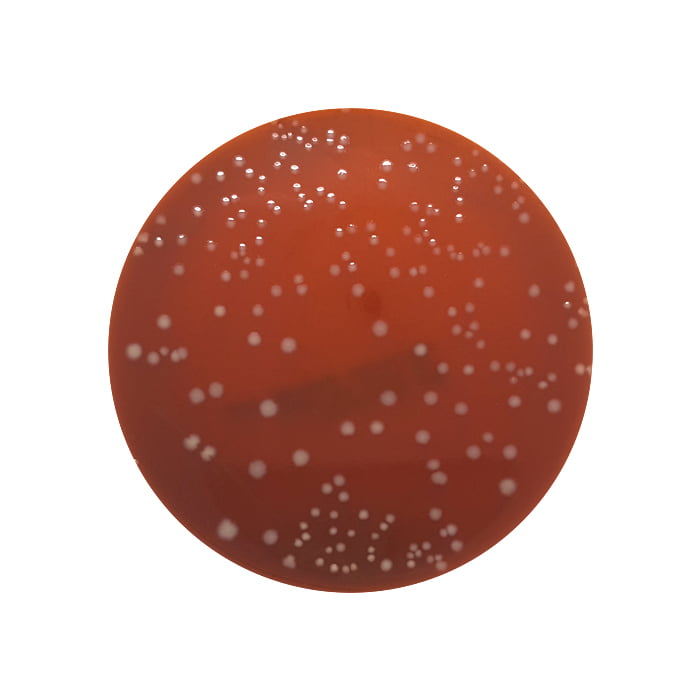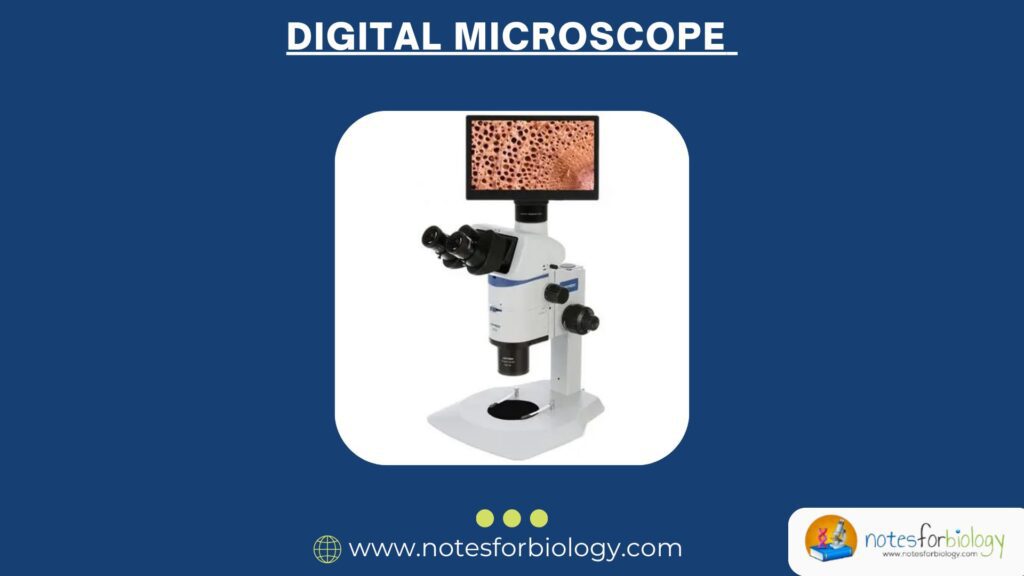Anaerobic bacteria, or organisms that flourish in oxygen-free settings, are the focus of specialized microbiological growth media such as anaerobic blood agar. The standard composition of this medium is a nutrient-rich foundation, such Tryptic Soy Agar, enhanced with vitamin K1, hemin, and laked sheep blood to supply the vital nutrients and growth factors required for anaerobic bacteria. Anaerobic pathogens are often isolated, identified, and studied from a variety of biological specimens in clinical and research settings.
Table of Contents
Definition
Anaerobic Blood Agar is a specialized medium used to cultivate anaerobic bacteria from clinical specimens. It supports the growth of both obligate and facultative anaerobes, making it a critical tool in medical microbiology for diagnosing infections caused by these organisms.

Composition of Anaerobic Blood Agar
| Ingredients | Gms/liter |
| Casein enzymic hydrolysate | 15.000 |
| Papaic digest of soybean meal | 5.000 |
| Yeast extract | 5.000 |
| Sodium chloride | 5.000 |
| L-Cysteine | 0.500 |
Principle of Anaerobic Blood Agar
- Anaerobic Blood Agar base is a nutrient-rich, non-selective medium that may be used to cultivate aerobic and microaerophilic bacteria in addition to fastidious anaerobes.
- Peptones, which provide nitrogenous materials and amino acids required for anaerobic bacterial development, are present in it.
- Yeast extract provides B-complex vitamins and serves as a growth enhancer.
- Hemin, vitamin K, and sheep blood stimulate the growth of anaerobes like Bacteroides species and gram-positive spore bearers like Clostridium species.
- Sodium chloride is a source of essential electrolytes and maintains osmotic equilibrium.
- Addition of blood provides nutrients and helps to differentiate hemolytic organisms.
Preparation and Method of Use of Anaerobic Blood Agar
- Immerse 44.0 grams in 1000 milliliters of purified water.
- To fully dissolve the medium, bring the temperature to a boil.
- Add one vial’s worth of rehydrated vitamin K1 solution.
- Autoclave at 15 lbs pressure (121°C) for 15 minutes to sterilize.
- Reduce temperature to 45–50°C.
- Aseptically add 5% v/v sterile defibrinated sheep blood.
- Mix well and pour into sterile Petri plates.
- Prior to use, reduce the plates for a minimum of 24 hours by placing them in an anaerobic environment at room temperature.
- Inoculate specimens for anaerobic culture on both selective and non-selective media as soon as possible after receipt in the laboratory; streak plates for isolation.
- Incubate anaerobically at 33-37°C for 48-72 hours.
- Confirm anaerobic growth by subculture to anaerobic blood agar plate.
Result Interpretation of Anaerobic Blood Agar
| Organisms | Growth |
| Bacteroides fragilis | Luxuriant Growth |
| Melaninogenic Bacteroides | Exquisite Development |
| Anaerobius Peptostreptococcus | Exquisite Development |
| double zone β-hemolysis | Growth of Clostridium perfringens |
| Fusobacterium nucleatum | Growth |
| Staphylococcus aureus | Growth |
| Melaninogenic Bacteroides | Exquisite Development |
Limitations of Anaerobic Blood Agar
- Before being used, the medium needs to be prepared, dispensed, and packed in an oxygen-free environment to avoid the production of oxidized products.
- Complete information for the identification of bacterial isolates will not be provided by this Agar. More testing protocols and media are needed for full identification.
- To ensure that all species present thrive, it is advised to inoculate a selective medium, such as Anaerobic Brucella Laked Blood Agar with Kanamycin and Vancomycin and/or Anaerobic Brucella Blood Agar with Phenylethyl Alcohol, using clinical specimens.
Frequently Asked Question
1. What are the limitations of blood agar?
Blood agar contains a variety of inhibitors that prevent Haemophilus hemolyticus from growing. These inhibitors can only be eliminated by heating the medium after the blood has been added. The kind of blood utilized may have an impact on the hemolysis pattern.
2. Can anaerobic bacteria grow on blood agar?
An assessment was conducted on the advantages of including several enrichments into blood agar medium, which is frequently utilized for the cultivation of anaerobes, using the colony size of various anaerobic bacteria that were extracted from clinical specimens.
3. What is the limitation of agar?
On the other hand, there are a number of significant drawbacks to using agar gel as a support medium, such as poor contrast and sluggish diffusion. Potassium nitrate is added to the seeded and basal agar layers to extend the incubation period and solve the issue of low oxygen availability.
Related Article




